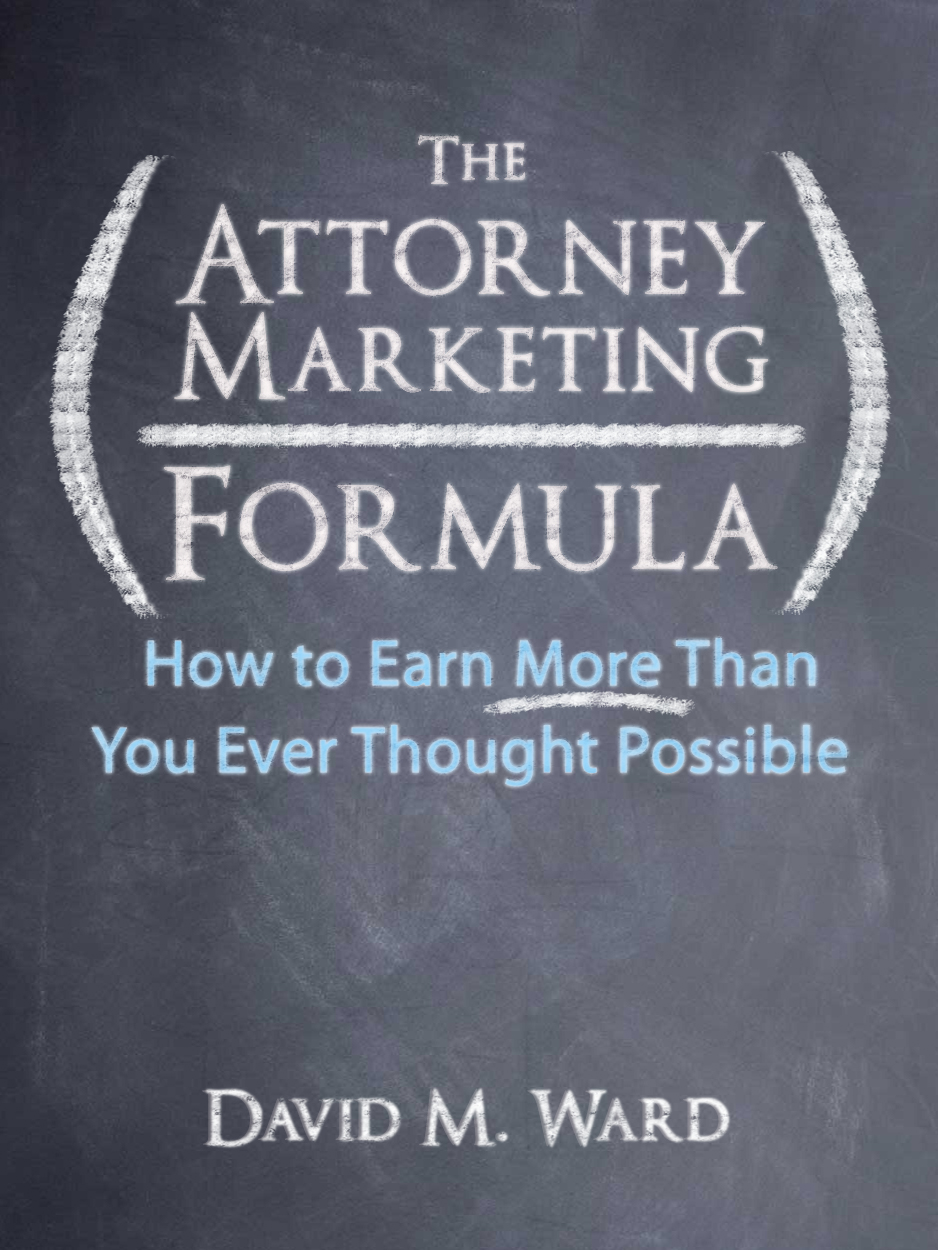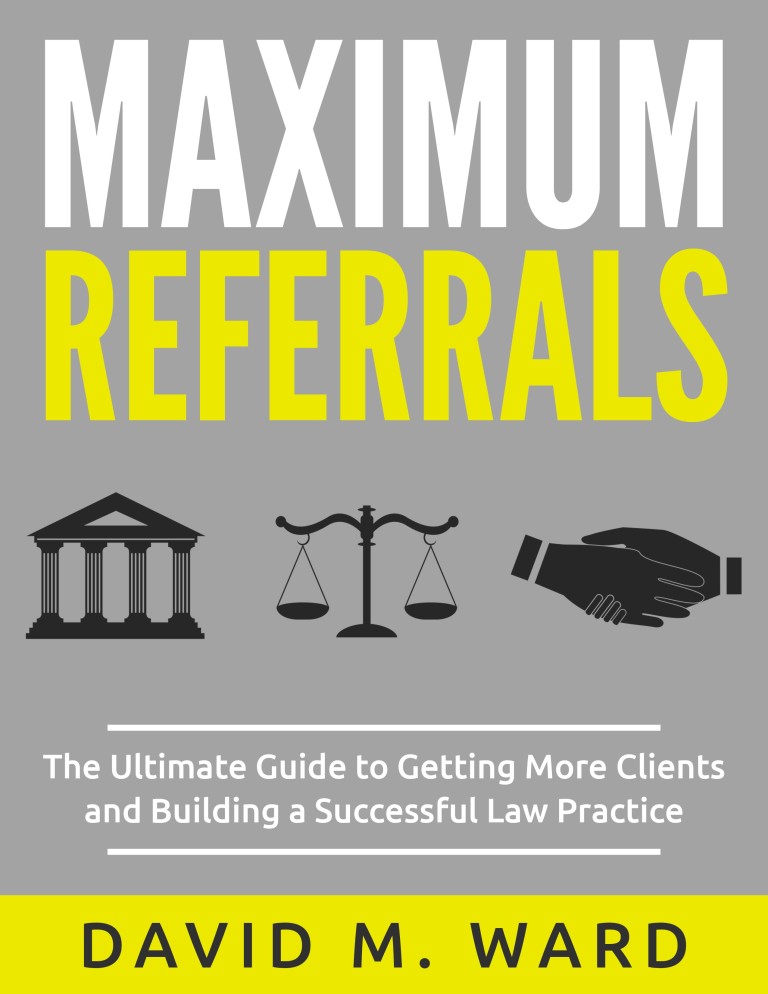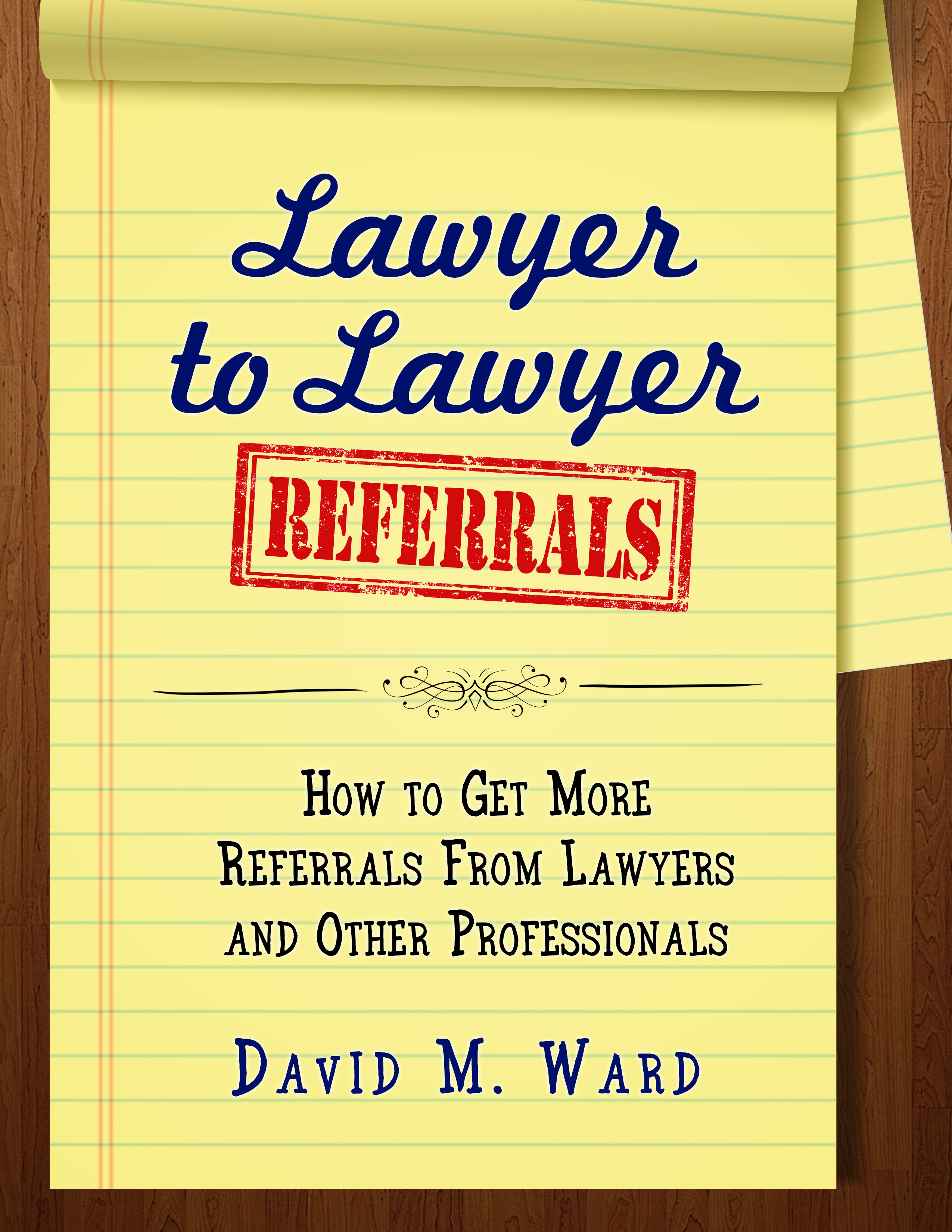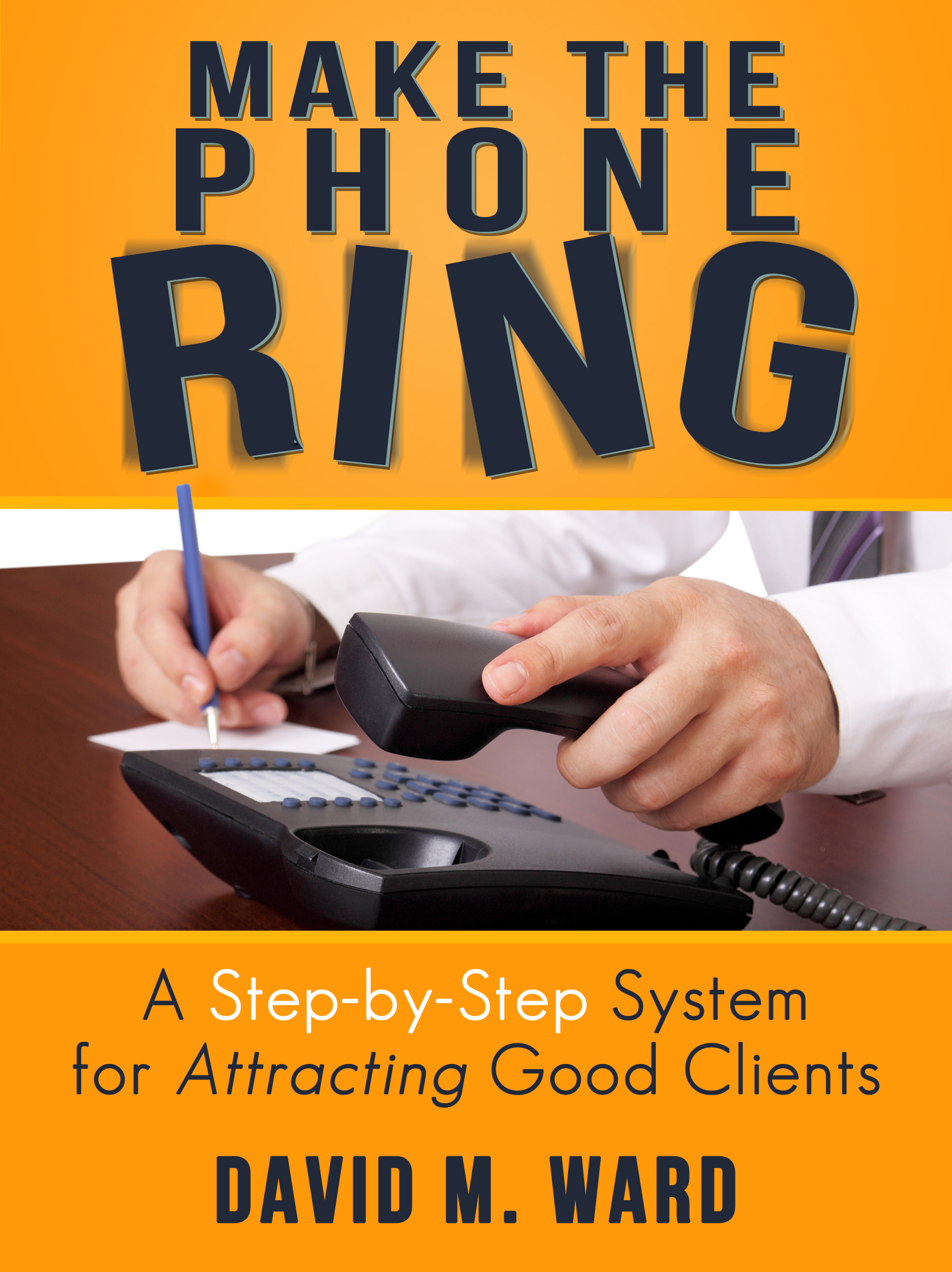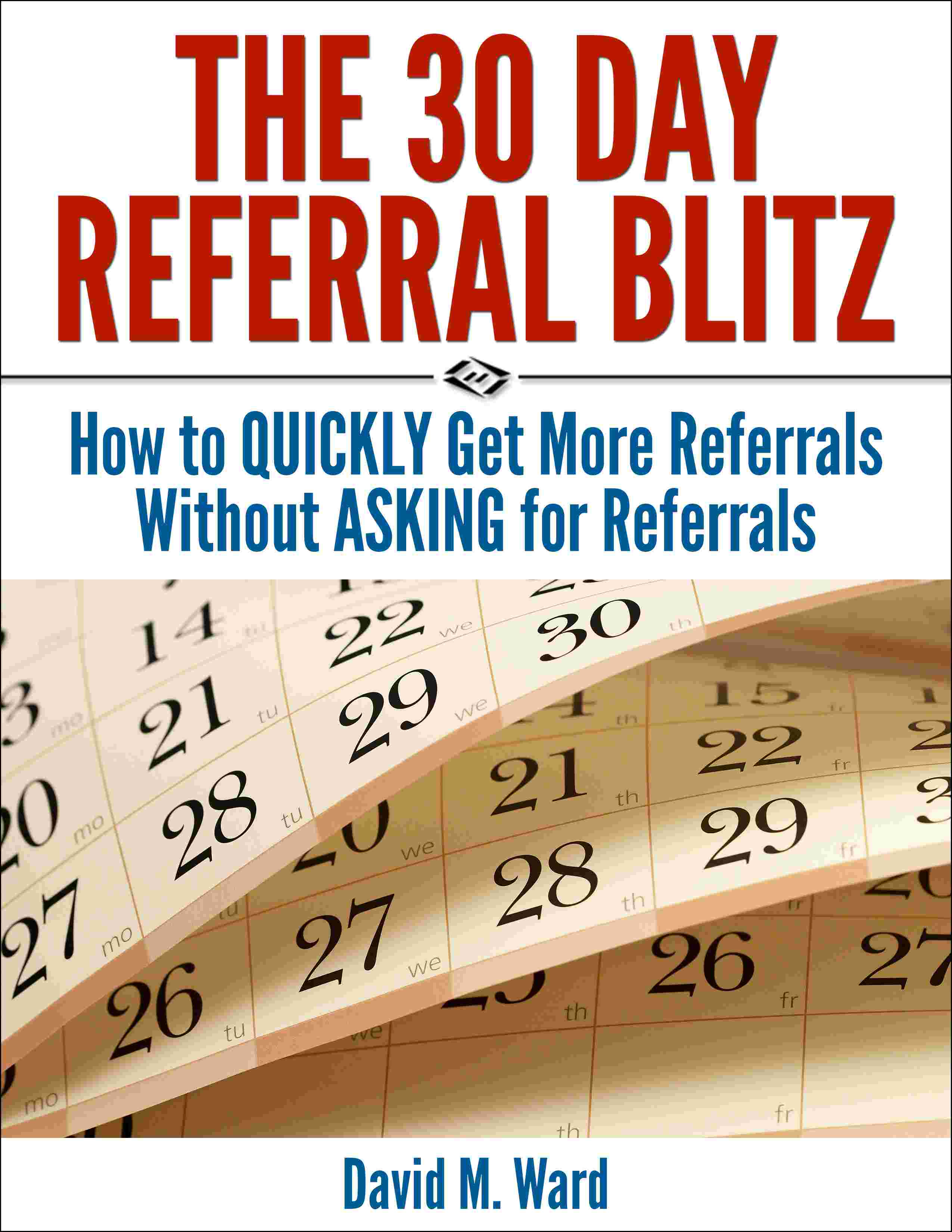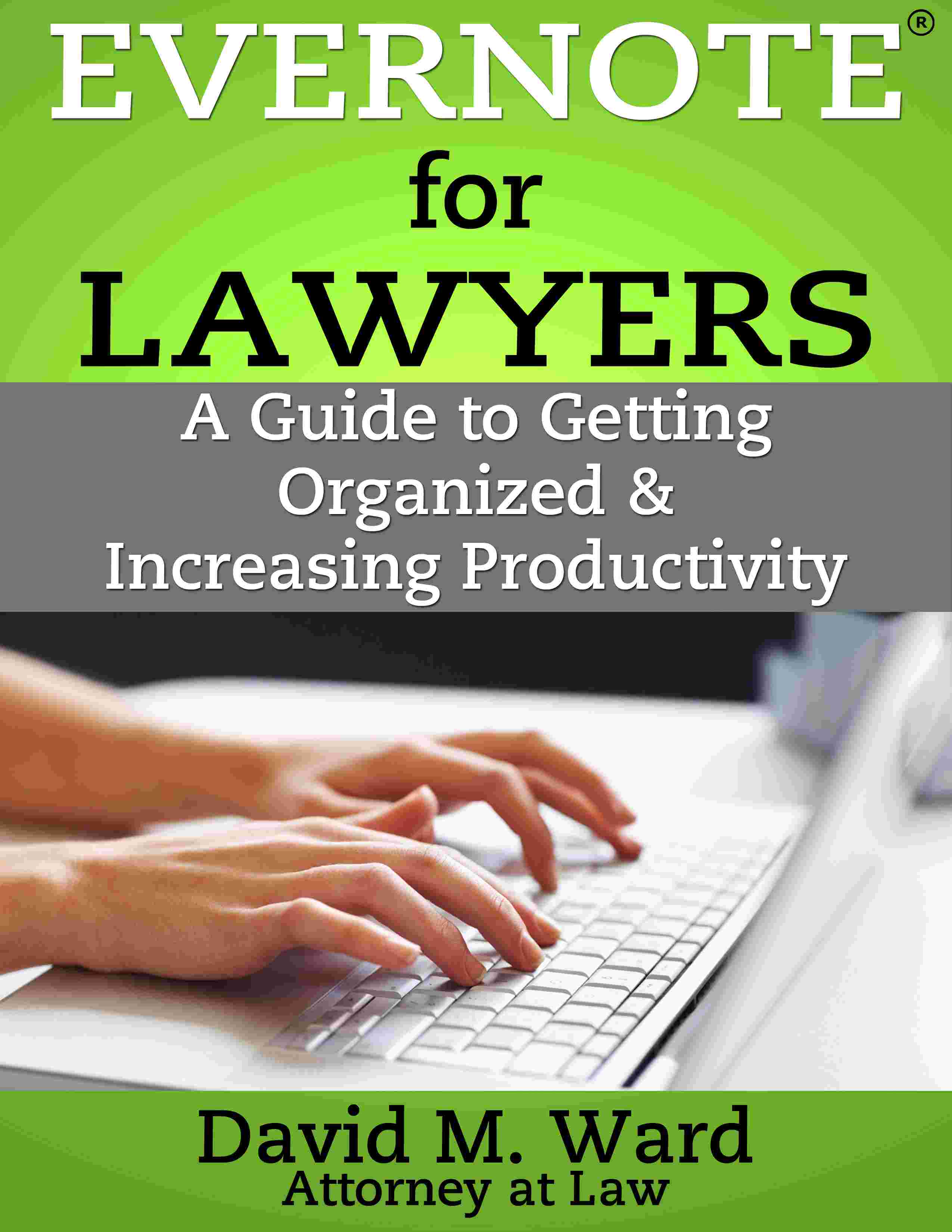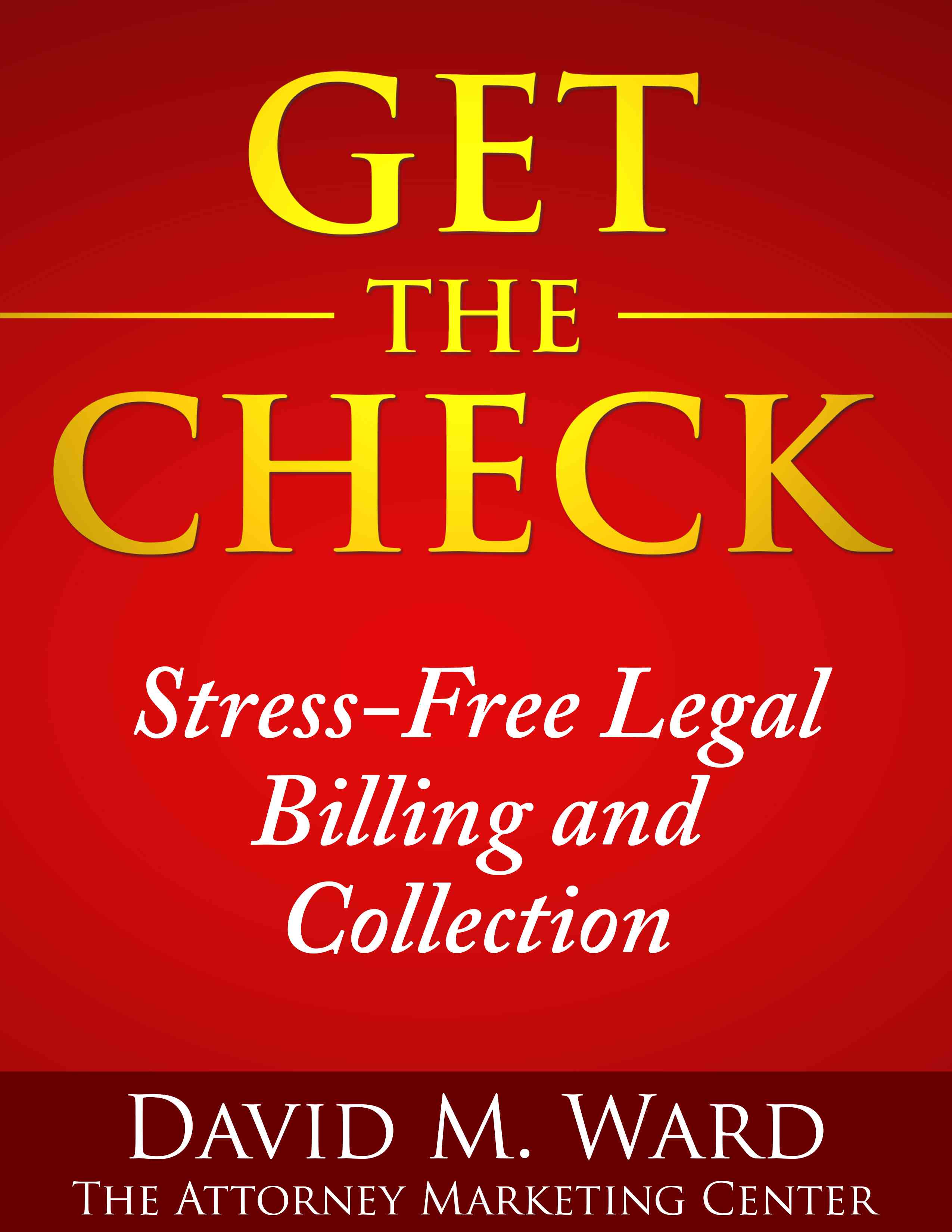Yesterday, I showed you how to write a blog post quickly, in about 15 minutes. Today, I’m showing you another kind of blog post that’s quick to write.
It’s based on the notion of serving your readers by providing them with valuable or interesting information, including information that was written by someone else. You’re like a librarian or bookseller: “Here’s something I think you might like to read”.
So, you find an article or post that would be appropriate to share with your list and link to it. Add a few comments to add interest and value. You could say what you like about the article, or what you agree with, and what you don’t like or don’t agree with.
You might also add something the author didn’t mention, or add a story about how you or someone you know have used the information or concept in the article.
To illustrate, here’s an article I thought was interesting for anyone who has a boss or is a boss. It’s called, “10 Traits of a Bad Boss”.
Can you see yourself or your employer in any of these 10 traits?
- Speaks offensively and seldom communicates with the team.
- Fear is his/her form of motivation.
- Wants complete control over your job.
- Blames the team for failures.
- Does not consider suggestions other than his own.
- Does not do his/her job properly and you work harder than him/her.
- Does not provide guidance.
- Does not have a firm goal or vision.
- Ignores the importance of team-building activities.
- Your boss makes you work hard but the compensation is low.
My favorite is number 3 since I see so many attorneys having difficulty delegating work to their employees. Learning how to delegate much of the work in my office was one of the keys to multiplying my income. It allowed me to earn more and work less. It freed up time so I could do more marketing which further grew my income.
I take issue with number 10. Compensation is a two way street. If you don’t like what you’re being paid, improve your skills and ask for more, or simply go work somewhere else.
Offering low compensation doesn’t make you a bad boss. It could hurt your profits, however. Offering higher compensation generally allows you to hire better employees who usually earn you far more than the increased salary you pay them. You also have lower costs for turnover and training.
So there you have it. Another type of post that you can write quickly.
Did you write a blog post yesterday? Will you write one today?
For lots of ideas for writing blog posts and marketing your legal services online, get this

